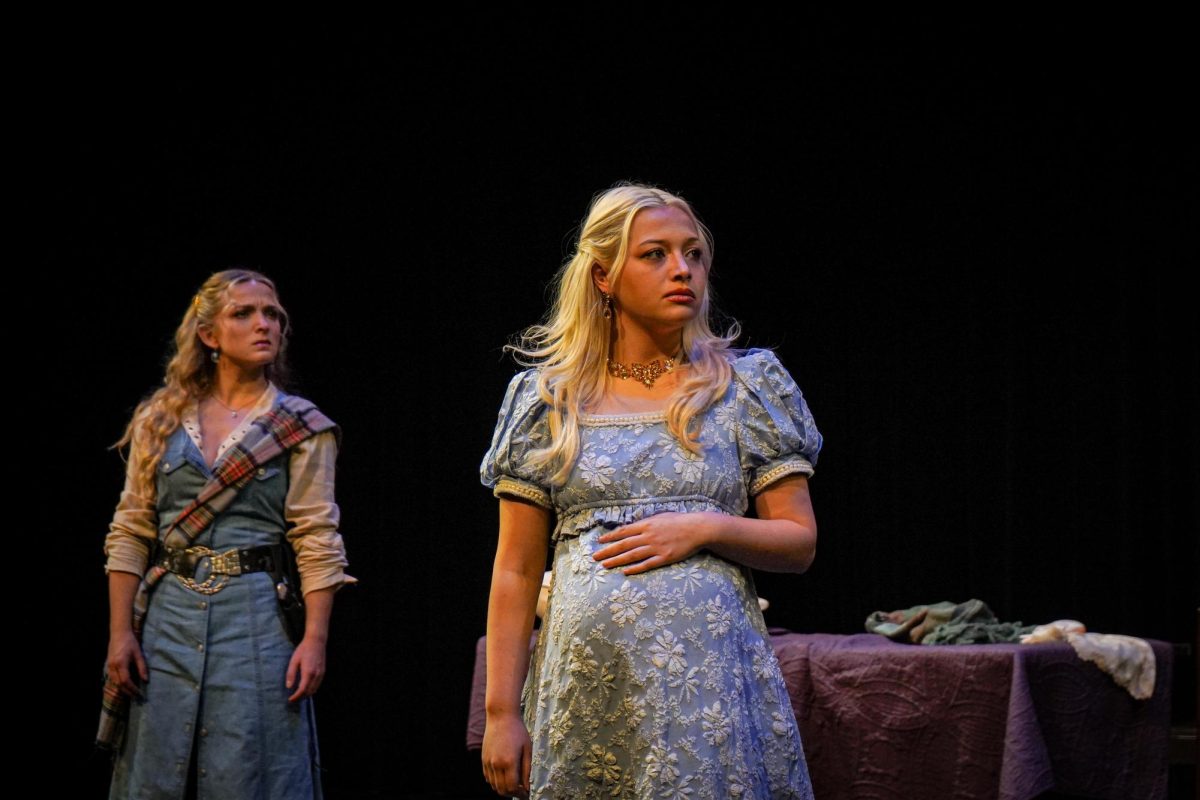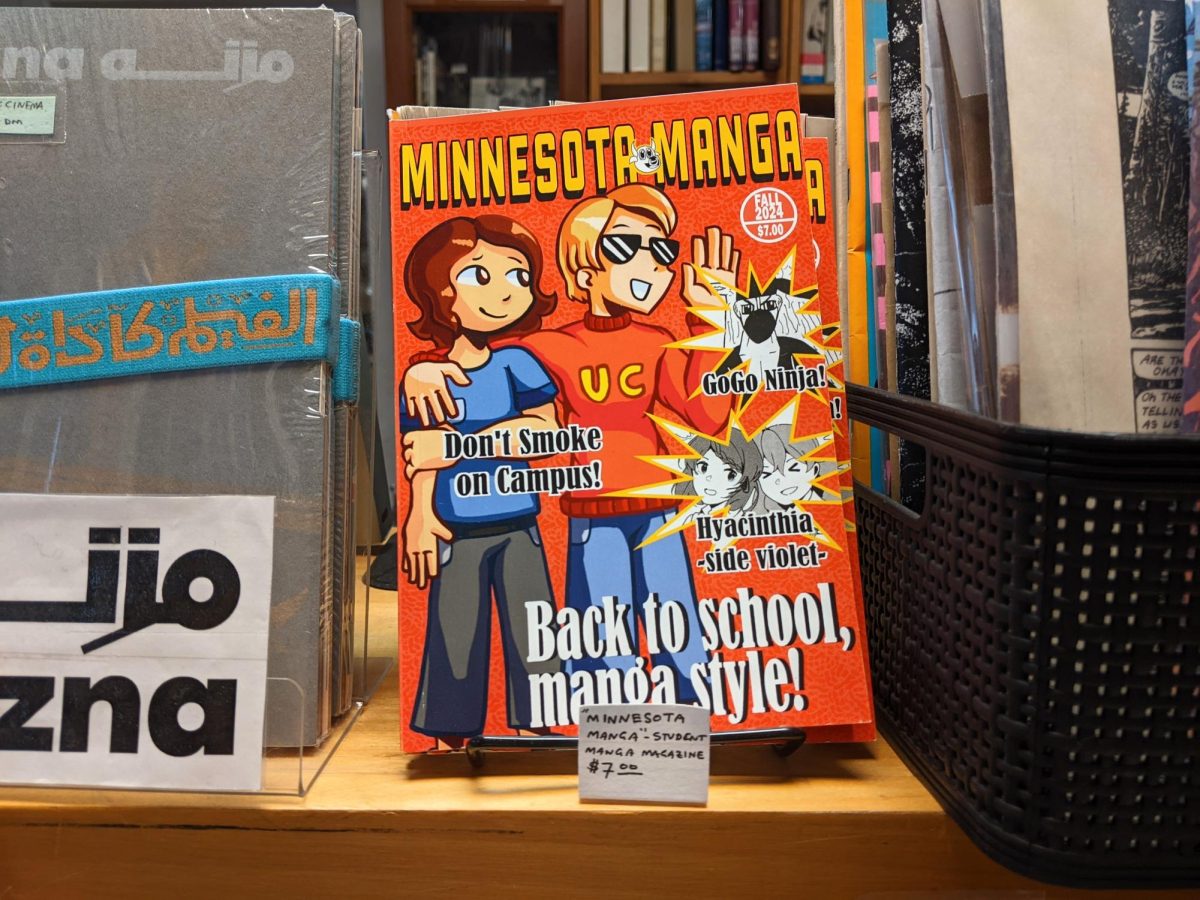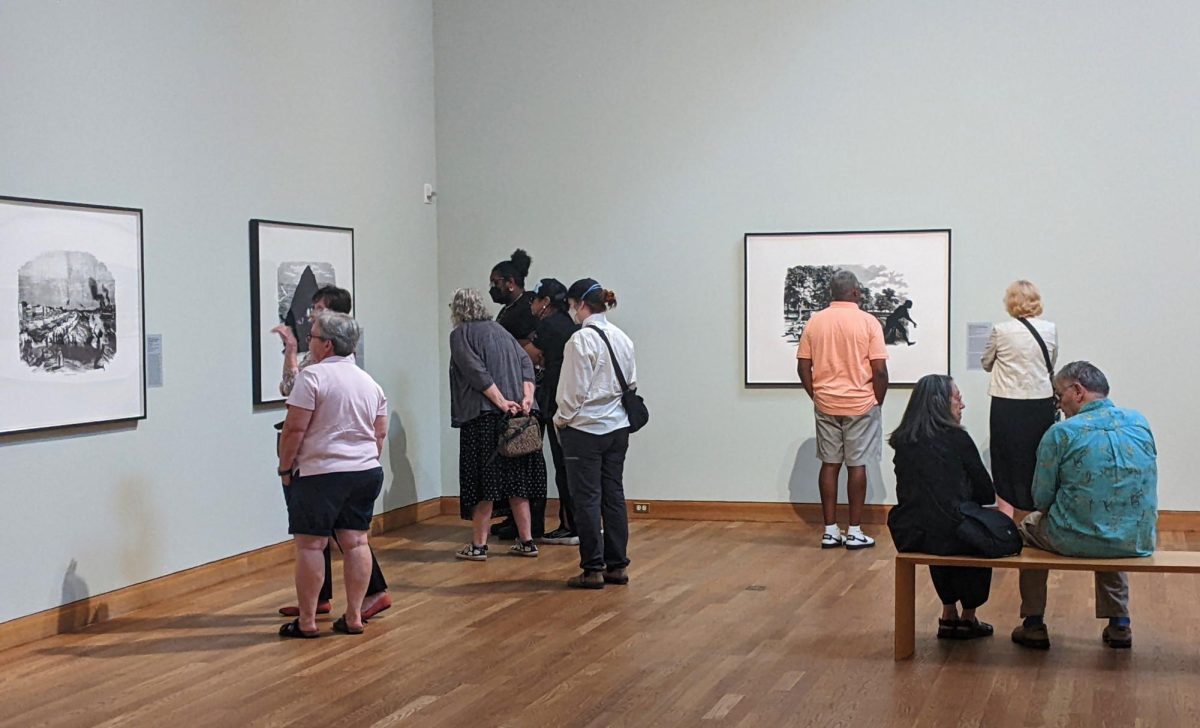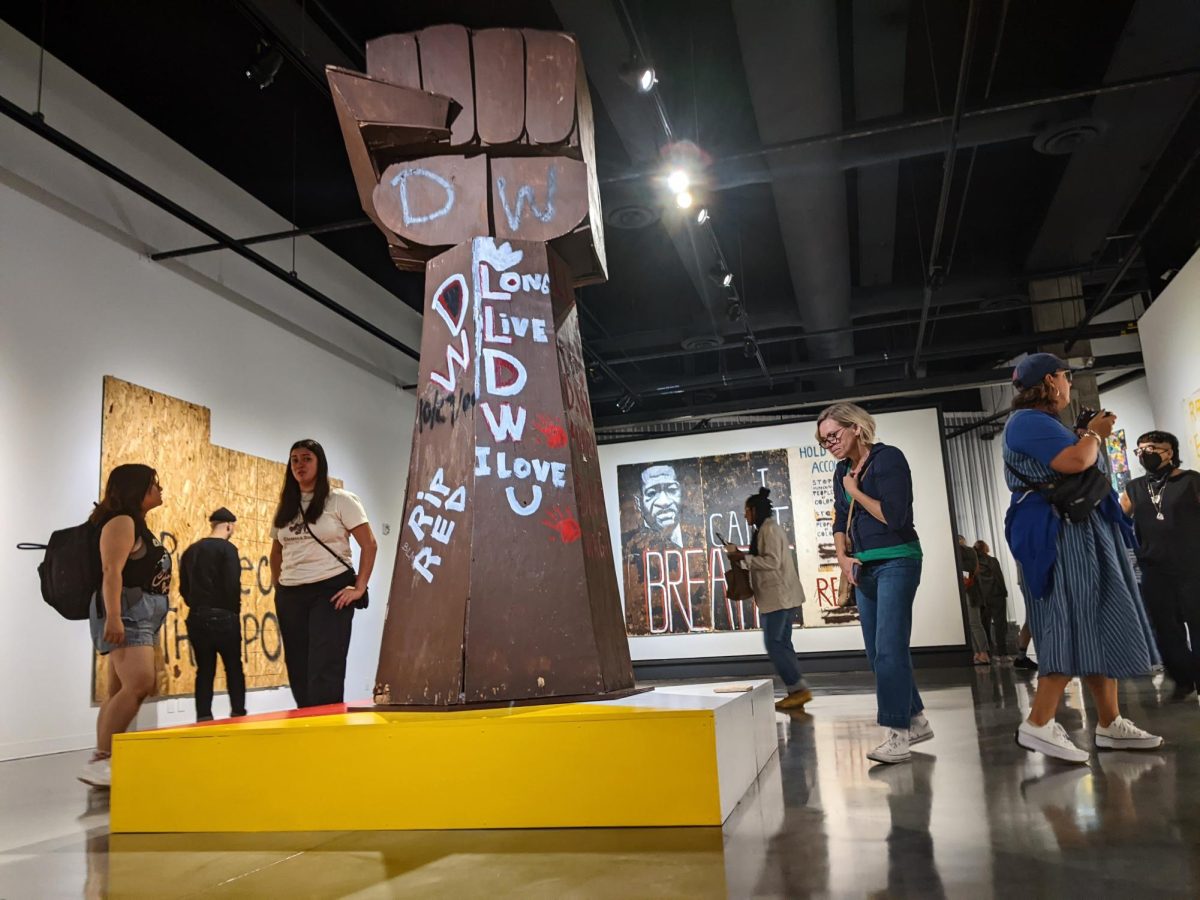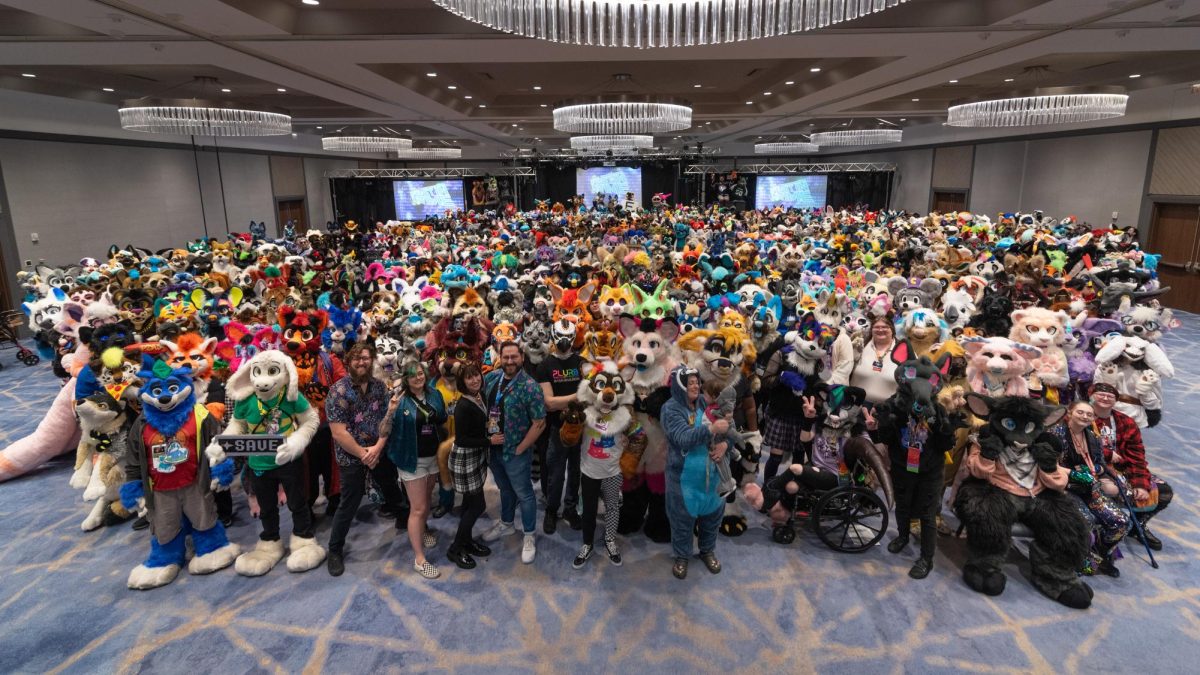Students in professor Kevin Murphy’s public history course thought they knew the West Bank. But they were wrong.
Through last semester’s course, the students chronicled the history of the music, drinking, development and community on the West Bank, especially the Cedar-Riverside neighborhood.
Along the way, they discovered the social and economic struggles that molded a neighborhood.
The class began by teaching the students about historical methodology ” fact-gathering and analysis techniques. Gradually those facts morphed into a colorful multimedia display.
Dozens of newspaper clippings, quotes from interviews and photographs document the changing face of the neighborhood, mostly since the University expanded there in the 1950s.
Longtime members of the community conducted a tour for the 21 students enrolled, Murphy and his graduate teaching assistant, Andy Urban, said. The tour helped dispel some of the “conventional wisdom” about the West Bank ” such as its unsafe atmosphere ” and included a tour of the Riverside Plaza towers.
The Plaza plays a special part in the history, in light of the controversy that surrounded its development in the 1970s. Many people protested the development as an intrusion into an already intruded-upon neighborhood.
“We really tried to impress upon students the complexity of history,” Urban said.
Murphy said that complexity came out best in the battle lines drawn over the Plaza development. While progressives promoted it as a mixed-income housing complex that would create a better community, radical activists mobilized against it.
This theme of the Cedar-Riverside neighborhood and the West Bank community struggling against the forces of development and gentrification resonates throughout the exhibit.
Michael Forstein, a student in Murphy’s class, produced a 15-minute documentary with his group about the music scene on the West Bank. It features such longtime local musicians as Jerry Rau.
While researching, Forstein discovered pessimism and realism about the future of the West Bank, given imminent development, but said the underlying theme seemed to be one of survival in the face of change.
“The one thing that became clear in making the documentary is that there is a lot of diverse music on the West Bank and a lot of diverse people,” Forstein said.
Much of the exhibit focuses on the recent past. One group probed the history of “Snoose Boulevard,” the saloon row that appeared on Cedar and Riverside in the 19th century as German and later Scandinavian immigrants arrived there. They produced a booklet with historical photographs and interviews with business leaders in the area.
Those business owners include Dudley Riggs, former owner of the Brave New Workshop comedy theater, who has an office on Washington Avenue.
“This has always been a neighborhood known for its drinking,” Riggs notes in the booklet.
Murphy, an urban historian from New York, said this is the third time he has taught the public history course, and the second time it has focused on the West Bank. He and Urban (also from New York) said they became interested in the West Bank because it most closely resembles a neighborhood one could find in their native city.
Other topics at the exhibit include the expansion of the West Bank campus, chronicling the University’s development since clearing began in 1957, and the American Indian community at Little Earth.
Like so much else that deals with the vanishing past, the history of the West Bank gives one a feeling of paradox: On one hand, history can’t happen without change. Yet so many forces combined to create what the West Bank is today that it’s impossible to boil down the neighborhood’s story into a single narrative of development, immigration or entertainment.
As Rau comments toward the end of Forstein’s documentary, “Time just changes things.”


